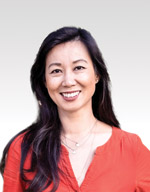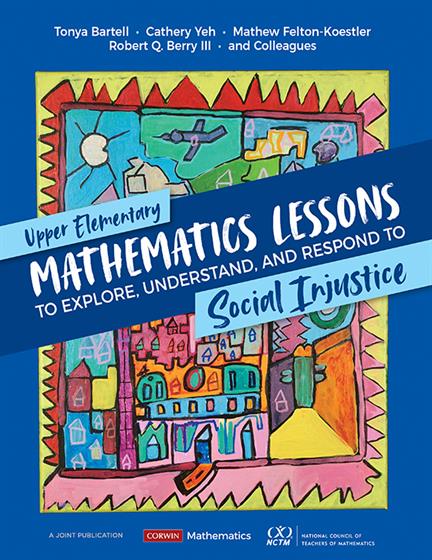
Cathery Yeh
Cathery Yeh. My students, their caregivers, and the communities I have had the privilege to work with remind me daily that students’ identities and their sense of belonging shape learning. I started teaching 24 years ago, beginning my tenure in dual-language classrooms
in Los Angeles and abroad in China, Chile, Peru, and Costa Rica. As a classroom teacher, I made home visits to every student home (over 300) and co-taught mathematics lessons with caregivers and community organizers to integrate students’ lived experiences, knowledge, and identities into the curriculum. As a learner of mathematics, my own schooling mirrors my research commitments to bilingualism, culturally sustaining pedagogies, and ethnic studies. I came to the United States at the age of 5. I was the only Emergent Bilingual student in class. At the end of the school year, I was retained. Kindergarten in California is optional, but I had to take it twice because I was not yet fluent in English. My first year of schooling in the United States highlights how too many of our children feel invisible in the classroom.
As a mathematics education scholar committed to equity and social justice, I acknowledge the many privileges I have and my role as both the oppressor and the oppressed. As a Chinese American scholar, educator, and community organizer living at this very time, I feel the rise of Asian hate crimes, prejudice, xenophobia, and discrimination. The Atlanta shooting is only a recent one in a legacy of anti-Asian violence in the Americas. Orientalist stereotypes of submissiveness, passiveness, and the exoticization of Asian women have not only led to the longstanding history of hypersexualization and violence, but they also have forced false obedience and compliance within the Asian American community. I recognize that oppression does not play out uniformly, but rather across the multitude of intersections of social identities, and it is often disguised through division and intentional pitting of one group against the other (e.g., using Asian Americans to perpetuate the myth of meritocracy and as a wedge our siblings of Color). I call on both my own Asian American siblings and the mathematics education community to disrupt the silence to injustice. We need to be loud.
What happens outside of the classroom can no longer be ignored. We’re in a critical moment where children are seeing injustice but not necessarily understanding the root and stem of the injustice. As educators, we have an obligation to teach and learn with children about these critical and complex issues. My hope is that this book can help spark conversations that attend to identities, histories, communities, and possibilities!
Books
This is a carousel with book cards. Use the previous and next buttons to navigate.

